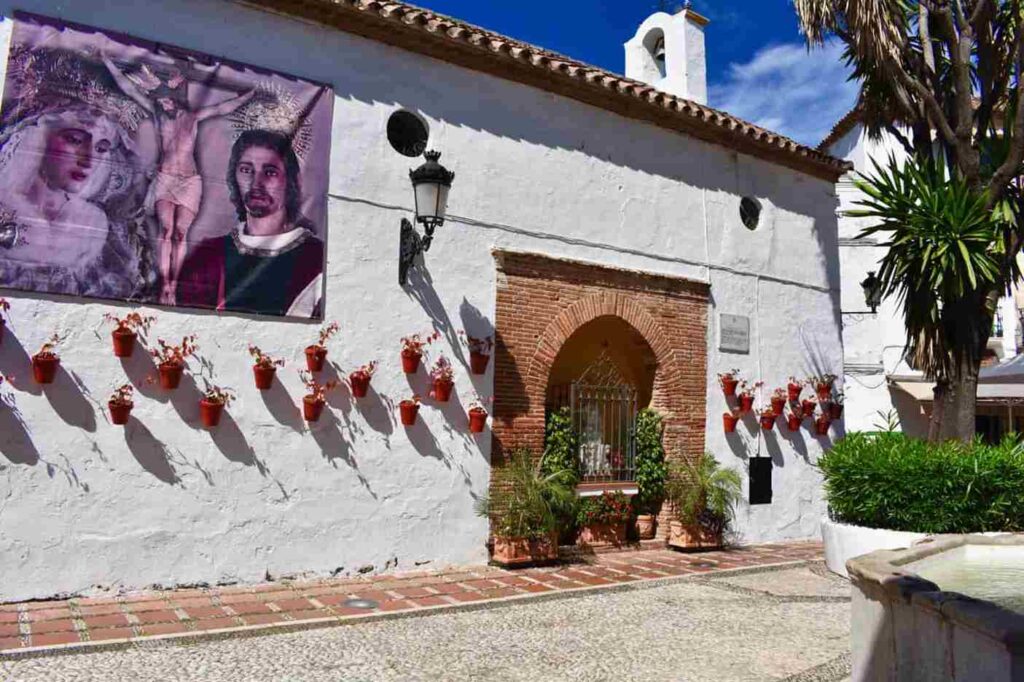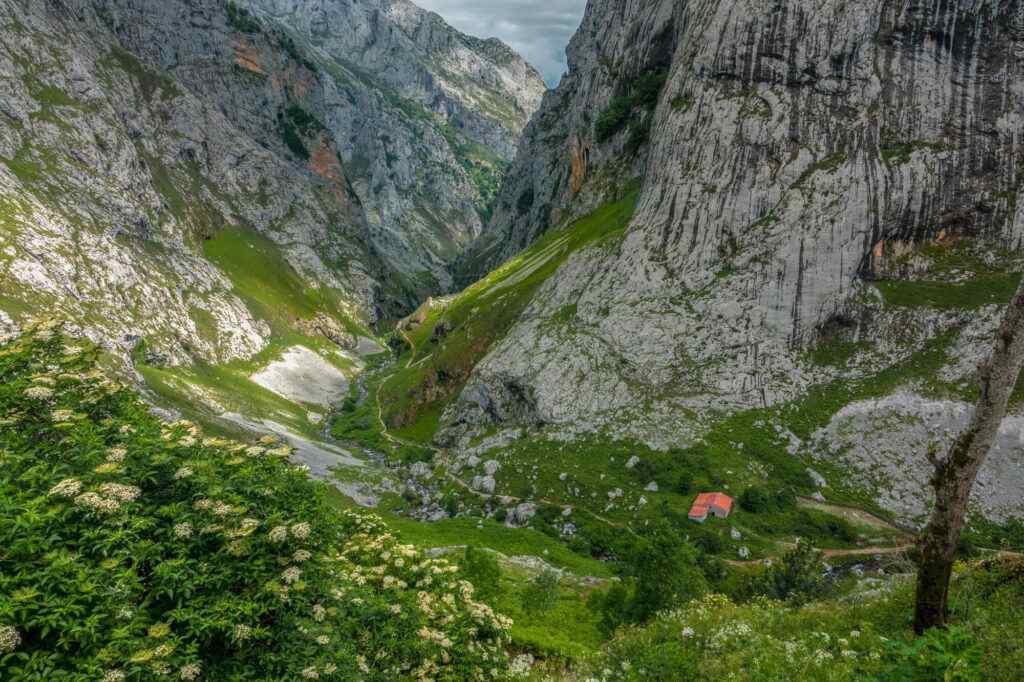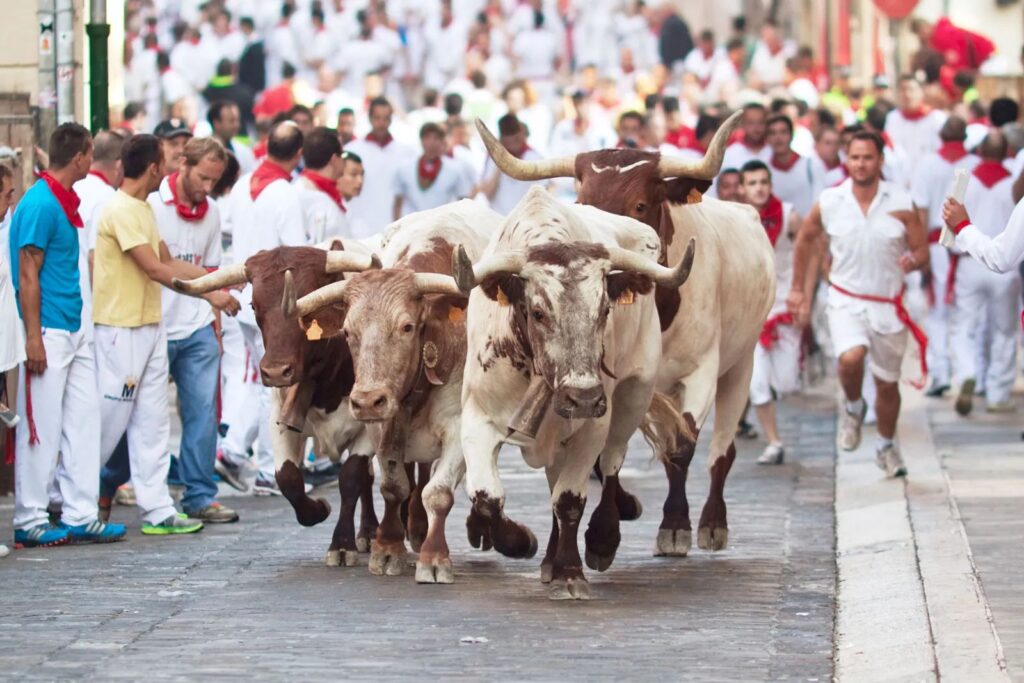The Best Time to travel to Spain is known for its vibrant culture, stunning landscapes, rich history, and diverse regional traditions. From the bustling streets of Madrid to the peaceful beaches of the Costa Brava, there is something for every traveller to enjoy. However, choosing the best time to visit Spain can significantly impact your overall experience.
Whether you’re looking to explore its historical sites, bask in the Mediterranean sun, or immerse yourself in the lively festivals, the time of year you plan your trip can affect the weather, crowds, and pricing. In this guide, we’ll explore the best times to travel to Spain based on different factors to help you plan the ultimate Spanish getaway.
Table of Contents
1. The Best Time to Travel to Spain for Warm Weather: Late Spring and Early Fall

If you dream of sun-filled days on Spain’s beautiful beaches, late spring (April to June) and early fall (September to October) are the best times to visit. During these months, the weather is pleasantly warm but not too hot, especially in southern regions like Andalusia, where summer temperatures can soar above 40°C (104°F).
- Late Spring (April to June): Spring in Spain is characterized by mild temperatures and clear skies. The crowds are smaller than in the peak summer months, allowing you to enjoy popular destinations like Barcelona, Madrid, and Seville without overcrowding. The cherry on top is the abundance of festivals, including the famous Feria de Abril in Seville (April) and the San Isidro Festival in Madrid (May).
- Early Fall (September to October): Fall is an excellent time to visit, as the summer heat starts to fade and the crowds thin out after the peak tourist season. Coastal areas like Costa Brava and Costa del Sol are warm enough for beach activities, while cities like Madrid and Barcelona are pleasant for sightseeing. The vineyards in regions such as La Rioja also begin to harvest their grapes in early autumn, making it a great time for wine lovers to visit.
2. The Best Time to Travel to Spain for Lower Prices: Winter Months

For budget-conscious travellers, the winter months (December to February) can offer some of the best deals on flights and accommodations. While Spain is known for its sunny weather, winter brings cooler temperatures, especially in the northern and central parts of the country. However, the mild climate in southern Spain makes it an attractive option for travellers looking to escape harsher winters.
- December to February: If you’re not afraid of cooler temperatures, this is an excellent time to take advantage of discounted prices in major cities like Madrid, Barcelona, and Valencia. You can still explore Spain’s beautiful historical sites, museums, and art galleries without the large crowds typically filling the summer months. Spain’s Christmas and New Year’s celebrations are famous for their lively atmosphere and festive traditions. Don’t miss the famous Three Kings Parade on January 5th, a highlight of Spain’s holiday season.
3. The Best Time to Travel to Spain for Cultural and Traditional Experiences: Spring and Summer

Spain is renowned for its rich cultural heritage, and certain times of the year are perfect for experiencing traditional festivals and events that showcase the country’s customs and spirit.
- Spring (April to June) is arguably the best time to experience Spain’s world-famous festivals. The Feria de Abril in Seville is one of the most iconic festivals, featuring flamenco dancing, bullfighting, and vibrant parades. The Semana Santa (Holy Week) in March or April is another significant event, especially in Andalusia, where elaborate processions fill the streets. These events offer a deep dive into Spain’s religious and cultural traditions, making it a memorable time to visit.
- Summer (July to August): While summer in Spain can be hot, it’s also a time when many of the country’s most famous festivals take place. The San Fermín Festival in Pamplona (July) is known for its thrilling bull runs, while the La Tomatina Festival in Buñol (August) attracts people worldwide for a massive tomato fight. In addition, the coastal towns and islands are alive with beach parties, outdoor concerts, and a laid-back vibe.
4. The Best Time to Travel to Spain for Hiking and Outdoor Activities: Spring and Fall

Spain’s diverse landscape offers plenty of opportunities for outdoor enthusiasts, from hiking in the Pyrenees to cycling along the Camino de Santiago. If you plan to engage in outdoor activities, you’ll want to avoid the scorching summer heat.
- Spring (March to May): The spring months offer perfect conditions for hiking and exploring Spain’s national parks, such as the Picos de Europa, Sierra de Guadarrama, and Ordesa y Monte Perdido. Temperatures are comfortable, and the flora is in full bloom, creating stunning scenery for trekking. Spring is also an excellent time to walk the Camino de Santiago, as the weather is cool enough for long walks without the intense heat of summer.
- Fall (September to November): Fall is another excellent time for hiking and outdoor activities in Spain. The cooler weather and fewer tourists make it ideal for exploring the countryside. Autumn also brings beautiful colours to the landscape, especially in regions like the vineyards of La Rioja, where the harvest season begins. The cooler temperatures make it an excellent time for cycling, climbing, and other adventure sports.
5. The Best Time to Travel to Spain for Festivals: Spring and Summer

Spain is world-renowned for its festivals, which are filled with music, dance, food, and cultural celebrations. While the country hosts festivals yearly, spring and summer are particularly special.
- Spring (March to June): As mentioned earlier, spring is Spain’s prime festival time. Along with Feria de Abril and Semana Santa, there are several smaller regional festivals, like the Las Fallas Festival in Valencia (March), where giant papier-mâché figures are burned in a spectacular fireworks display.
- Summer (July to August): Summer is energetic, especially in Spain’s coastal regions. The Pamplona Running of the Bulls (San Fermín) is one of the most famous events, drawing thousands of adrenaline-seeking visitors annually. In addition, Barcelona hosts various music and arts festivals, such as Primavera Sound, attracting international musicians and music lovers.
Conclusion: When is the Best Time to Travel to Spain?
The best time to visit Spain depends on your preferences and what type of experience you want to have. Late spring (April to June) and early fall (September to October) are ideal for those seeking warm weather and fewer crowds. If you’re looking for budget-friendly options and don’t mind cooler temperatures, the winter months (December to February) offer the best deals. Spring and summer provide the perfect opportunity for those eager to immerse themselves in Spain’s cultural traditions and lively festivals.
No matter when you visit, Spain promises a memorable trip, with each season offering its unique charm. Whether you’re enjoying the cultural festivities of the spring, the stunning natural landscapes of the fall, or the vibrant energy of the summer festivals, Spain will undoubtedly leave you with lasting memories of its beauty and warmth.



Leave a Reply